Eunice "Goody" Cole Memorial Stone
A stone memorial erected for New Hampshire's only convicted witch.
Decades before the frenzy that would engulf nearby Salem, Massachusetts in 1692, Eunice “Goody” Cole was New Hampshire’s most infamous witch, and the only woman to be convicted of witchcraft in the state’s history. Throughout her long, painful life, both her neighbors and court juries claimed that it was obvious that Cole had “familiarity with the devil.”
A reportedly eccentric, unpleasant resident of Hampton, New Hampshire, Cole’s fellow townsfolk accused her of everything from killing their livestock, taking the form of animals, and communicating with the devil. Starting in 1656, Cole would be tried for witchcraft three times, whipped, imprisoned for years on end, and stripped of her citizenship.
However, Cole was never executed. Instead, she was eventually released from prison into the care of Hampton residents, who brought her food and helped her with other daily tasks, which they did begrudgingly since most truly believed in her association with the devil. In 1680, it is reported that Cole died, having reached her eighties.
Some accounts state that her body was buried on her property, while say her corpse was thrown into a shallow grave. Local lore has it that those who buried her drove a stake through her heart, attaching a horseshoe to prevent any further wrongdoings from her postmortem. In any case, her body has never been recovered.
Though New England’s witch hunts ended, Cole slowly became a famed Hampton historical figure. John Greenleaf Whittier, the poet most famous as the author of the poem Snow-Bound, took the Goody Cole legend and expanded it using her as the cause of a very real shipwreck off of Hampton’s coast in his poem The Wreck of the Rivermouth, as well as writing her into his poem The Changeling.
In 1938, in an effort to drum up some attention to the coastal town, The Society in Hampton for the Apprehension of Those Falsely Accusing Eunice ‘Goody’ Cole of Having Had Familiarity With the Devil took it upon themselves to reinstate Cole’s citizenship. Copies of Cole’s court records were symbolically burnt at the ceremony. The ashes of the documents were to be buried beneath a planned memorial stone for Eunice Cole, but one of the area’s worst hurricanes hit that year, and the plans for the memorial were forgotten. Over the next few years, rumors of sightings of a ghostly old woman abounded.
Then in 1963, Harold Fernald, a Hampton resident, teacher, and part-time police officer, took it upon himself to erect a stone on the supposed location of Cole’s property. The stone is a sculpted, unmarked, boulder on the historic town green.
The ashes still sit in Tuck Museum. The museum itself is closed until April 2021, but you can still see the memorial to Cole outside.
Know Before You Go
From I-95 North take Exit 1 Seabrook, New Hampshire. Merge onto NH-107 South. Turn left onto US-1 North/Lafayette Road. At 3.7 miles, turn right onto Park Avenue.I-95 South Take exit 2 to merge onto NH-101 East/State Route 101 East. Exit onto US-1 South/Lafayette Road toward Hampton/Seabrook.Slight left to merge onto US-1 N/Lafayette Rd toward NH-101/I-95 N/Exeter/Hampton/Hampton Beach. Turn right onto Park Avenue and the museum will be on left.The Tuck Museum is open Wednesday, Friday, and Sunday from 1 p.m. to 3 p.m.

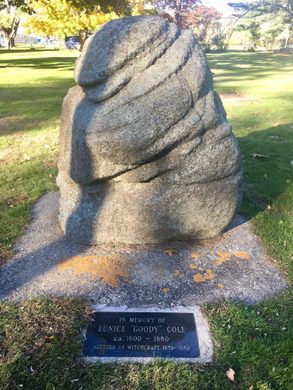
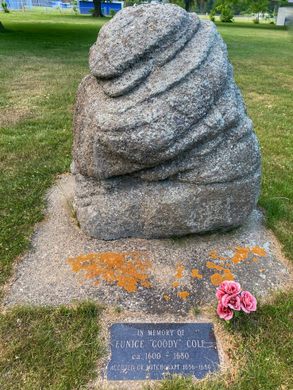
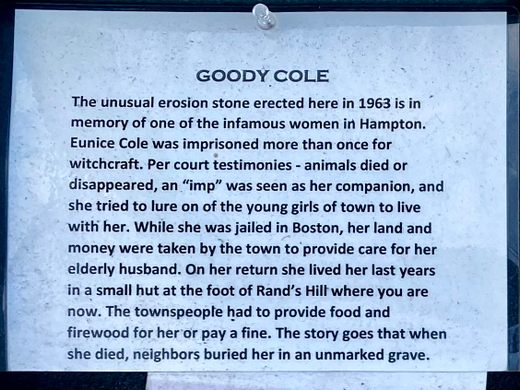
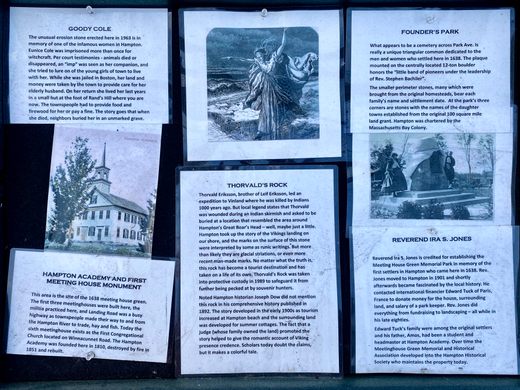
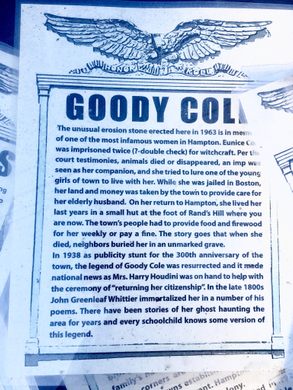
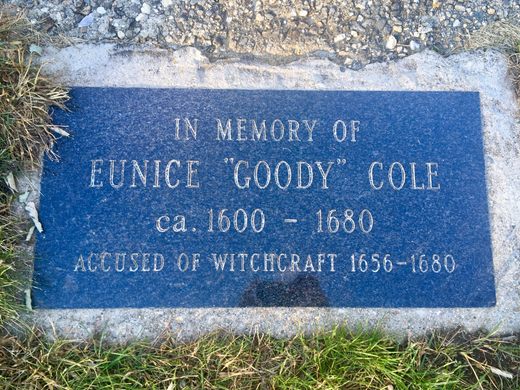













Follow us on Twitter to get the latest on the world's hidden wonders.
Like us on Facebook to get the latest on the world's hidden wonders.
Follow us on Twitter Like us on Facebook